New step forward
That spirit was realized by 3D Art right from pre-production and throughout post-production. According to Nguyen Dung Minh, VFX Supervisor of 3D Art, the team focused on three main things: removing modern elements in the filming set, adding visual elements necessary for the story, and using CGI for scenes that could not be achieved by real filming.
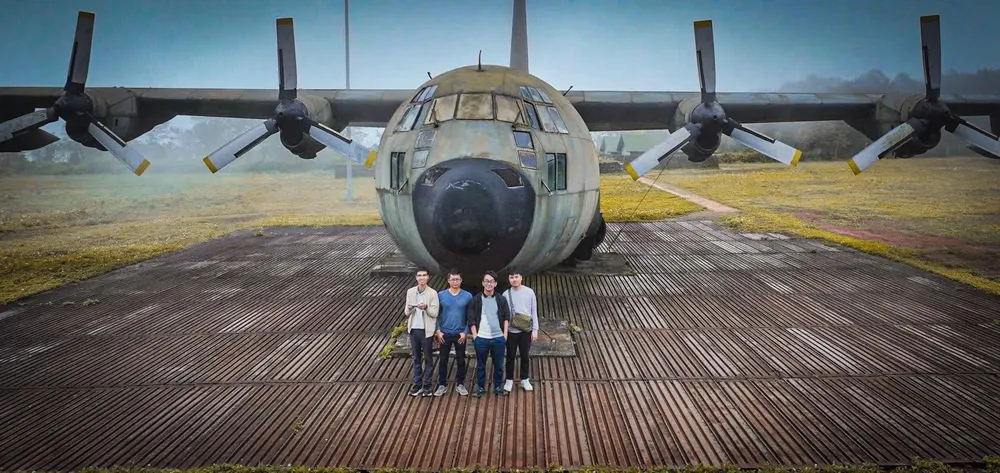
The goal was not to “demonstrate technology”, but to “undo” time: to return the space of Quang Tri Citadel to the year 1972. The team members determined that, on that real filming background, the VFX team had to “erase” what did not belong to the past, then “restore” the fortifications, trenches, obstacles, smoke, flares, shrapnel… according to the logic of wartime.
Some key frames in Red Rain show that meticulous work: expanding the space, building the runway, removing vegetation, adding aviation and military components, synchronizing the lighting of the Ta Con airport scene; scanning, 3D rendering the entire block, erasing modern traces...; reconstructing the Paris Agreement conference space; using CGI to stage the 7th fleet and F-4 fighter jets.
Even seemingly small details like the image of a starling bird were observed in real life, modeled in 3D, and then animated to appear “naturally”. The entire process did not allow for any mistakes. The principle of “invisible art” is to make it so that even though there are special effects, you cannot see them, you only see the battlefield, you only remember the characters, you are immersed in the film’s flow and evoke emotions. That is also the requirement that director Dang Thai Huyen set: “invisible but effective”.
To do that, the entire 3D Art crew had to be continuously present on-site during the 81 days of filming. This helped the coordination with the director and production team members on-site to take place smoothly and harmoniously. The results were very clear, starting in March, the final review in July, the film officially released in theaters at the end of August, all in just 4.5 months - an impressive progress compared to the standard of at least 1 year of special effects for war films in the world .
New challenge
In fact, the lesson of smooth coordination and trying hard on set, instead of relying too much on post-production, was also emphasized by director Bui Thac Chuyen when making Tunnels: Sun in the Dark. According to him, if you want to create special effects completely in post-production, it can take 2 years and cost about 20 million USD. Therefore, the reasonable solution is to film the real scene to the maximum extent, work closely with special effects experts, then use special effects to complete what cannot be done by camera. "This is both effective and saves money," director Bui Thac Chuyen emphasized.
According to the Vietnam Association of Visual Effects and Animation (VAVA), the strong development of the VFX industry is not accidental, many Vietnamese studios have stepped out of the outsourcing role, deeply involved in foreign projects, affirming their capacity in the international arena. However, challenges still remain: cost, time, production standards, and especially the ability to manage the process to ensure that VFX contributes to enhancing the story, not fragmenting the viewer experience.
Evidence of this progress can be seen in several recent projects. In Claws, the team led by “special effects wizard” Thierry Nguyen built Honey Bear from a skeleton, attached muscles, skin and fur - components that do not actually appear in the film, making the villain come alive on screen. Also in this film, many dreamlike natural scenes that are difficult to access in real life were “magically” brought to life by VFX.
Or like Detective Kien: The Headless Case, there are nearly 300 scenes using VFX, from gruesome details to the treatment of roofs, waterfalls, burning incense... Linh Luc: The Devil's Incarnation has up to 600 scenes created with CGI (completely computer-generated images) by 4 special effects companies. Recent animated films like De Men: Adventure to the Swamp Village or Trang Quynh Nhi: The Legend of the Taurus... also show that Vietnamese animation and animation techniques are gradually catching up with international standards.
Visual effects are no longer a race for show, but a quiet effort to bring a setting to life to tell a heartfelt story. When visual effects become “invisible”, the audience no longer remembers the technical elements, but only remembers the characters, events and emotions – the ultimate goal of every work of art.
Source: https://www.sggp.org.vn/ky-xao-phim-viet-huong-den-vo-hinh-ma-huu-hieu-post815861.html




![[Photo] Prime Minister Pham Minh Chinh chairs meeting to deploy overcoming consequences of storm No. 10](https://vphoto.vietnam.vn/thumb/1200x675/vietnam/resource/IMAGE/2025/10/3/544f420dcc844463898fcbef46247d16)


![[Photo] Students of Binh Minh Primary School enjoy the full moon festival, receiving the joys of childhood](https://vphoto.vietnam.vn/thumb/1200x675/vietnam/resource/IMAGE/2025/10/3/8cf8abef22fe4471be400a818912cb85)
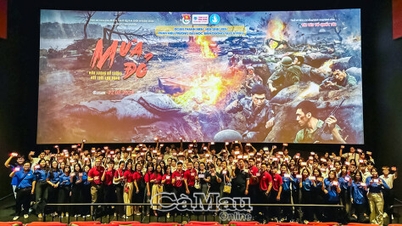

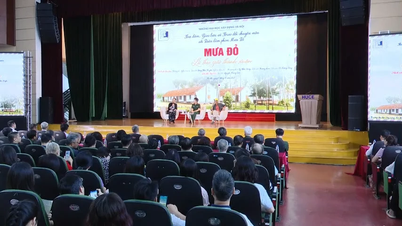




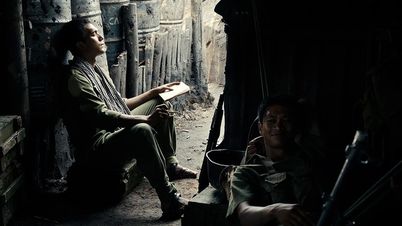
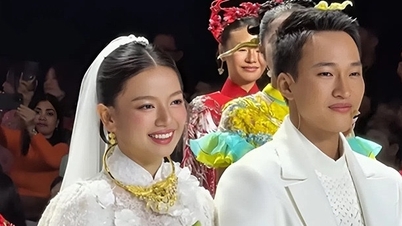

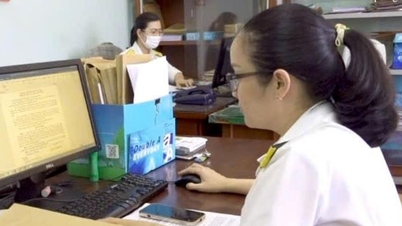

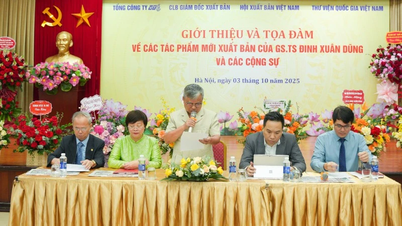

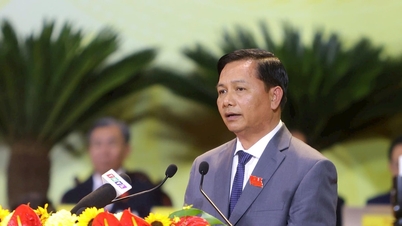
![[Video] Launch of 12 new works by Professor, Dr. Dinh Xuan Dung and colleagues](https://vphoto.vietnam.vn/thumb/402x226/vietnam/resource/IMAGE/2025/10/3/2b81342a9c2b482c901c8997ec7ad0ea)
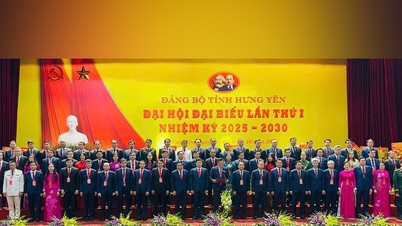
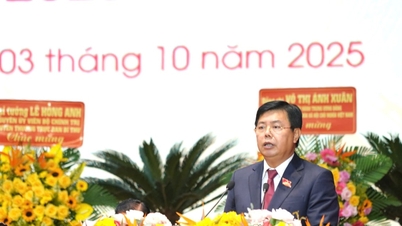




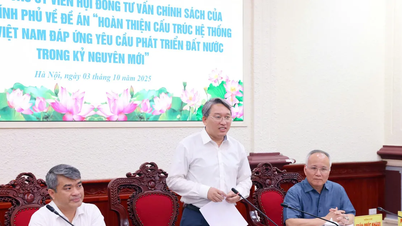
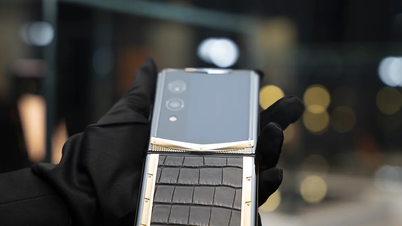
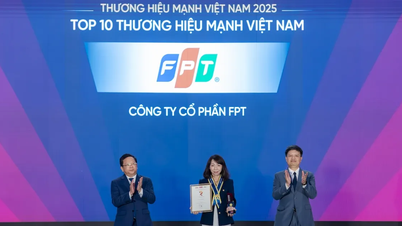
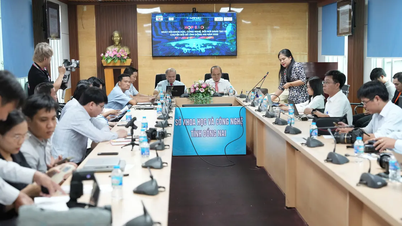
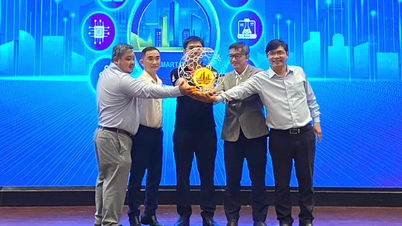
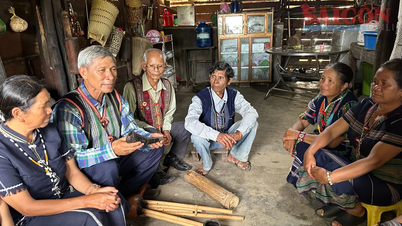
















































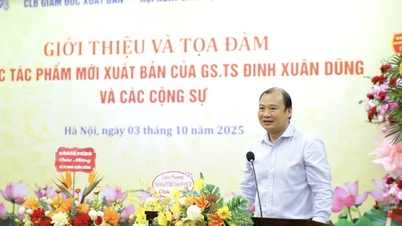

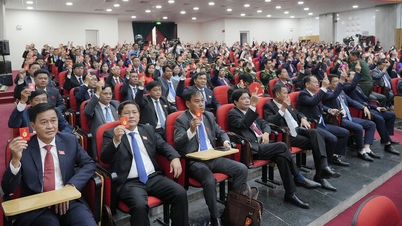

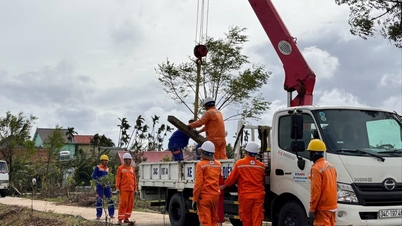





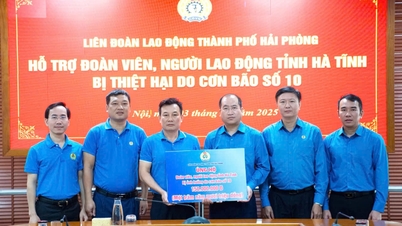
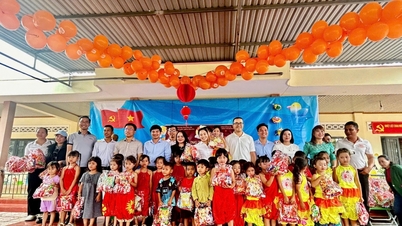











Comment (0)